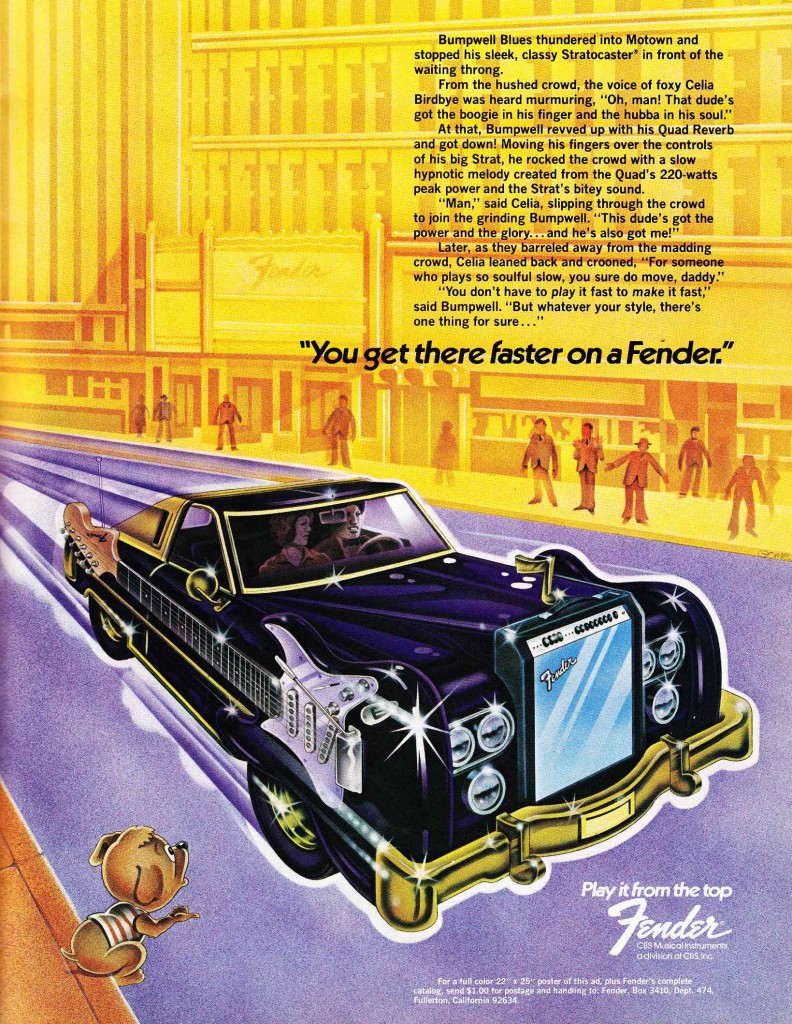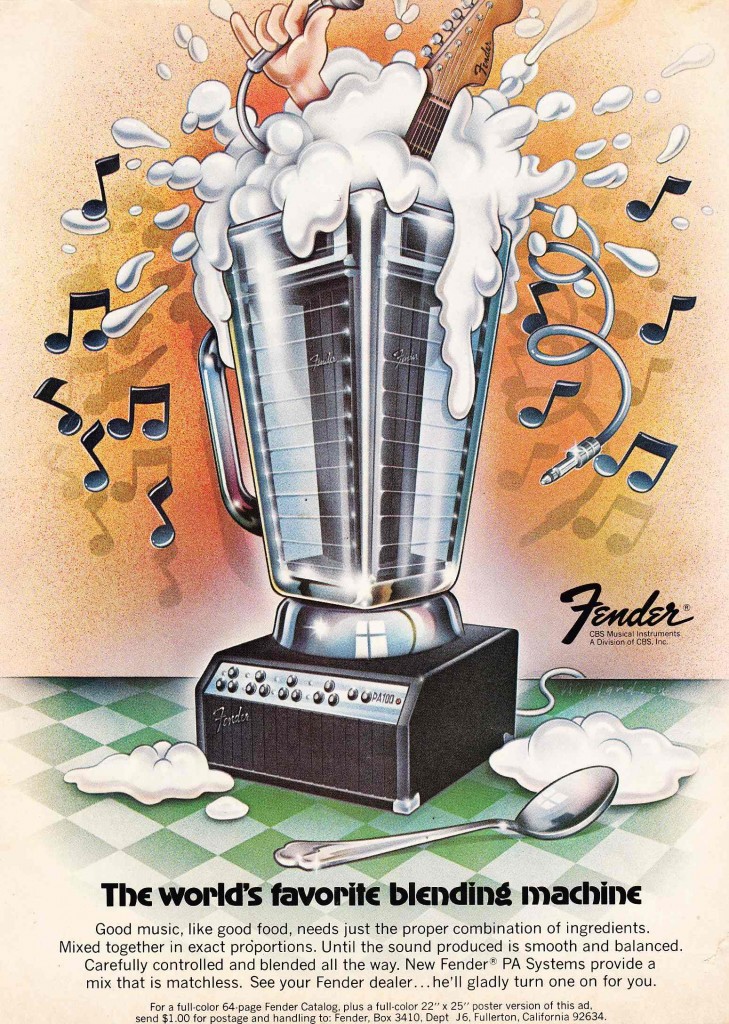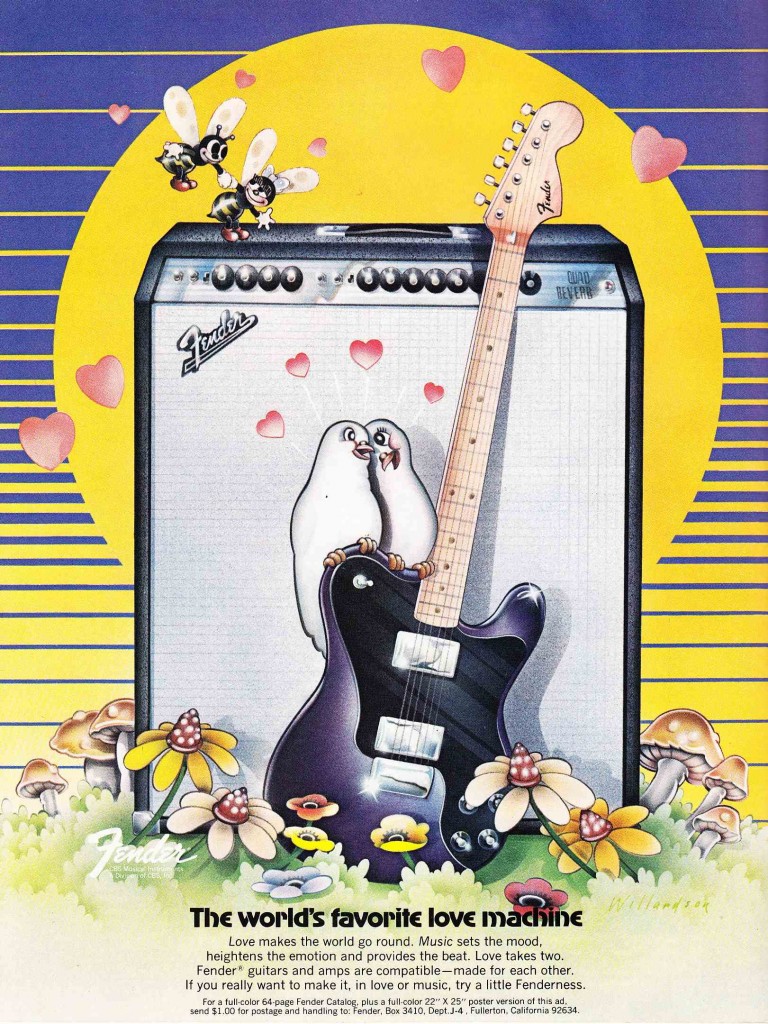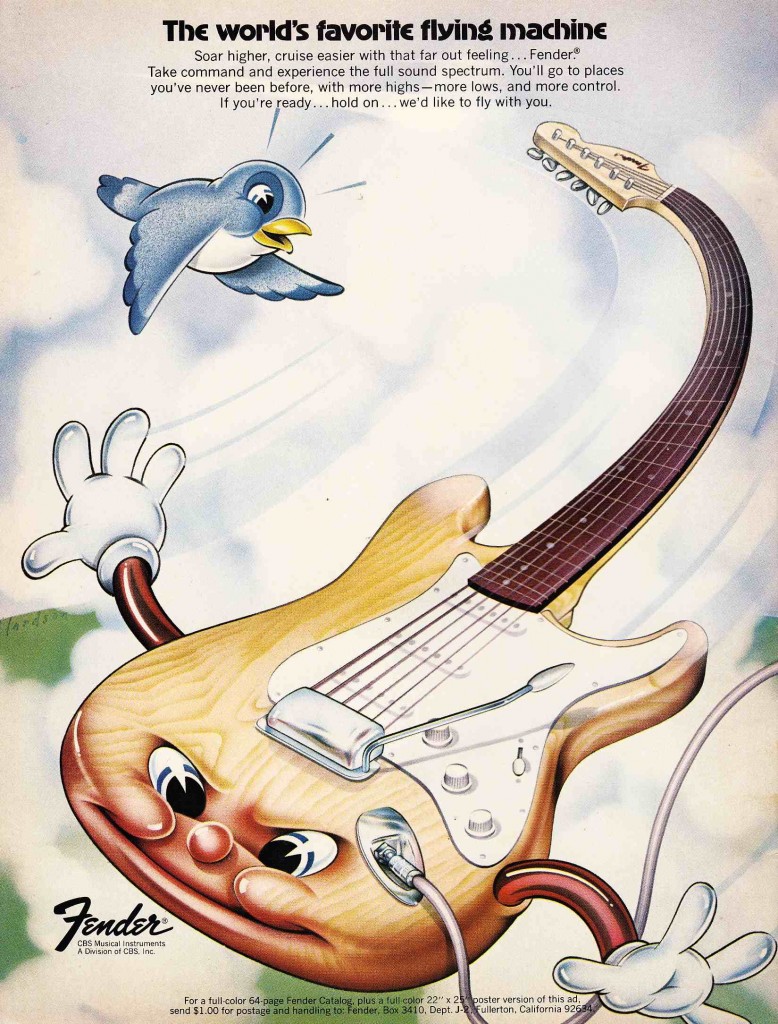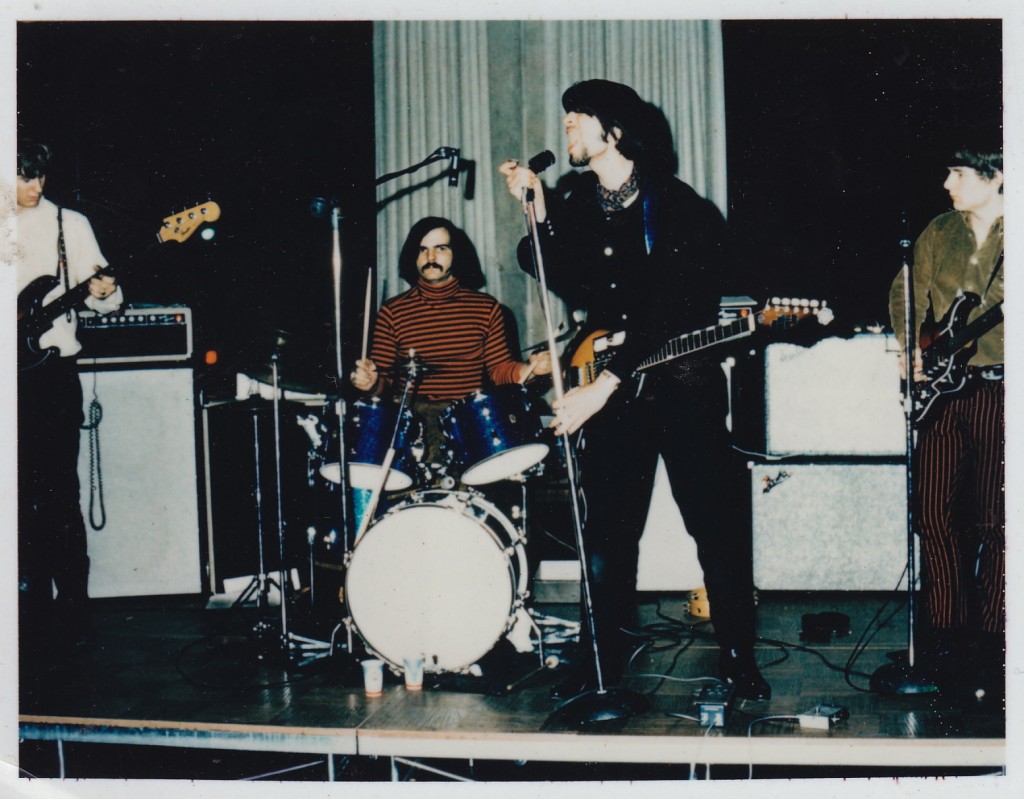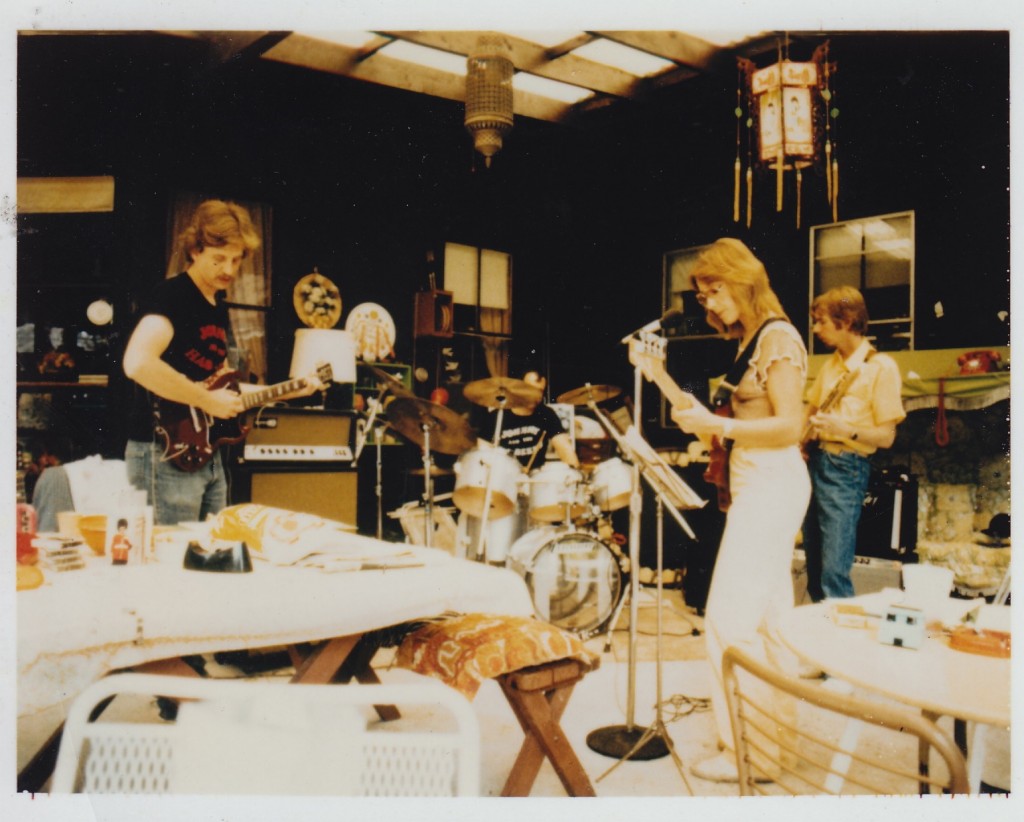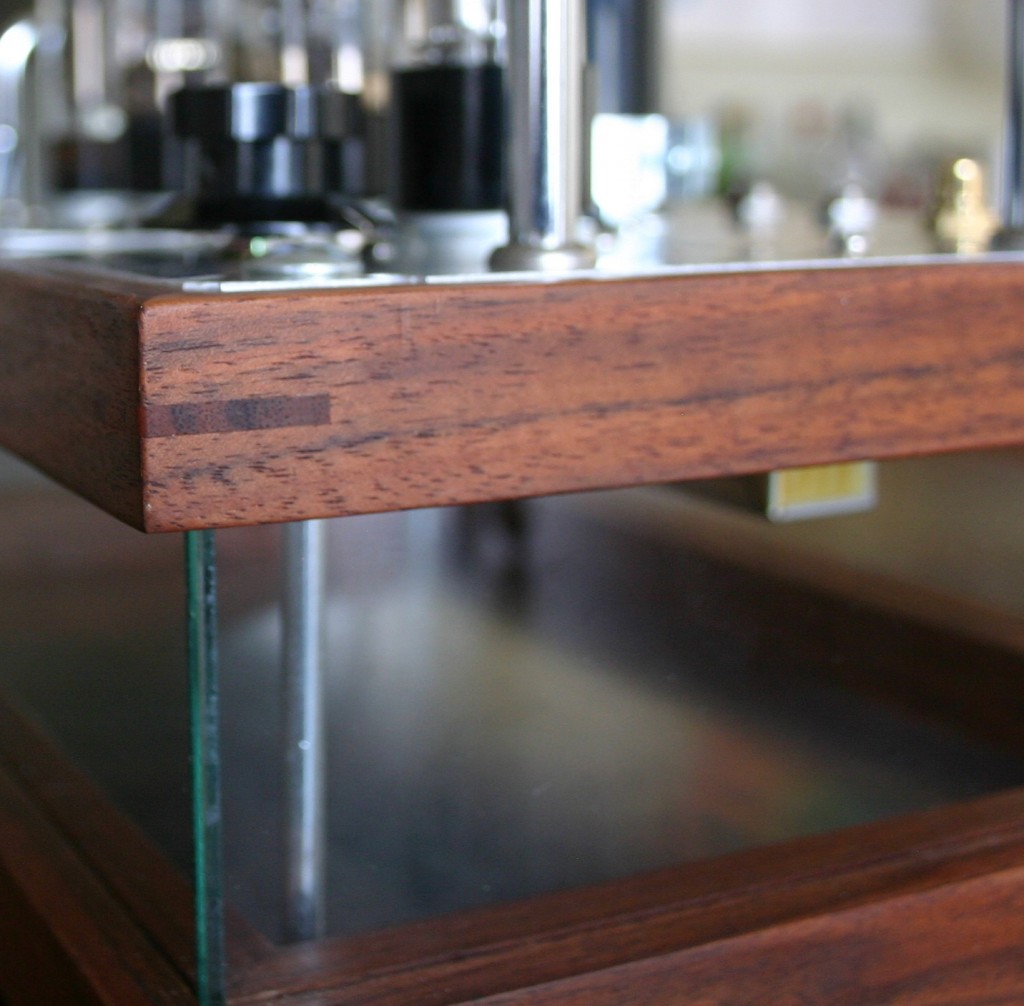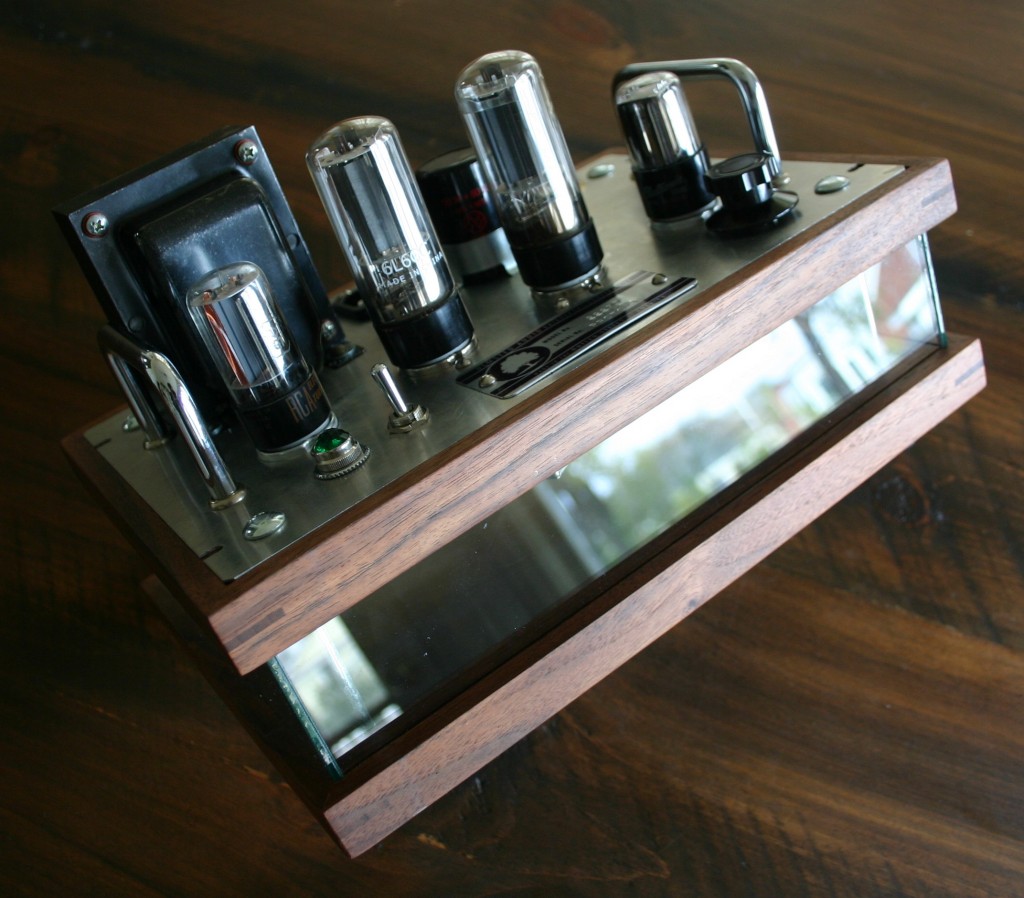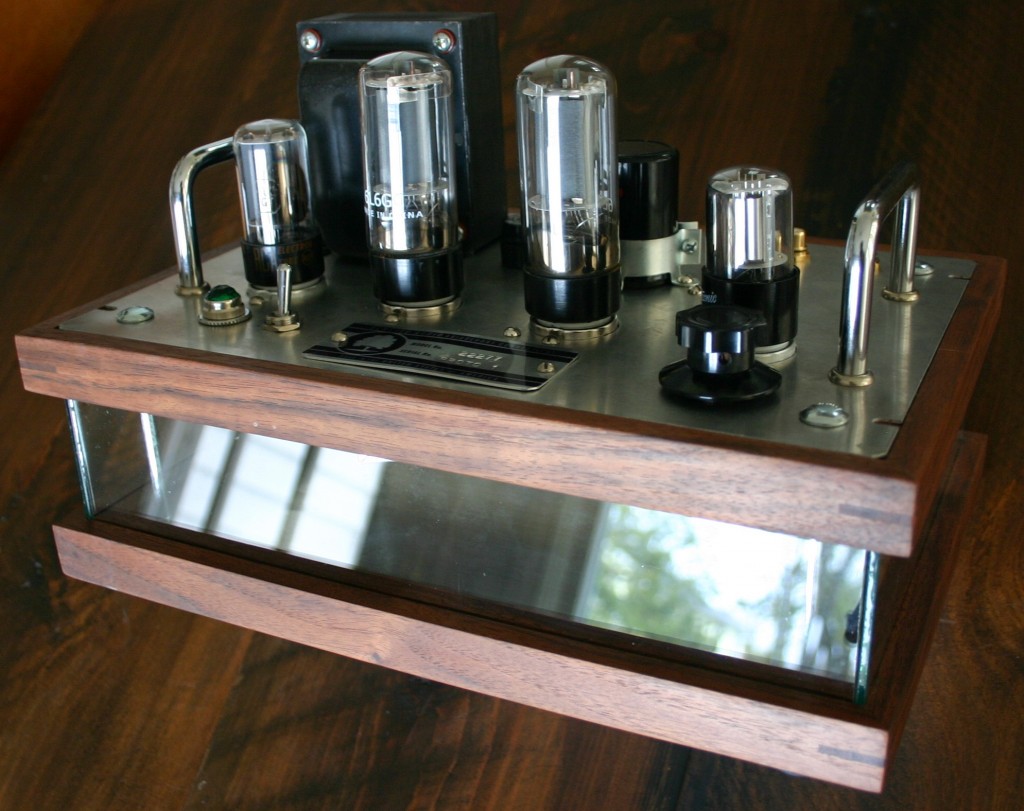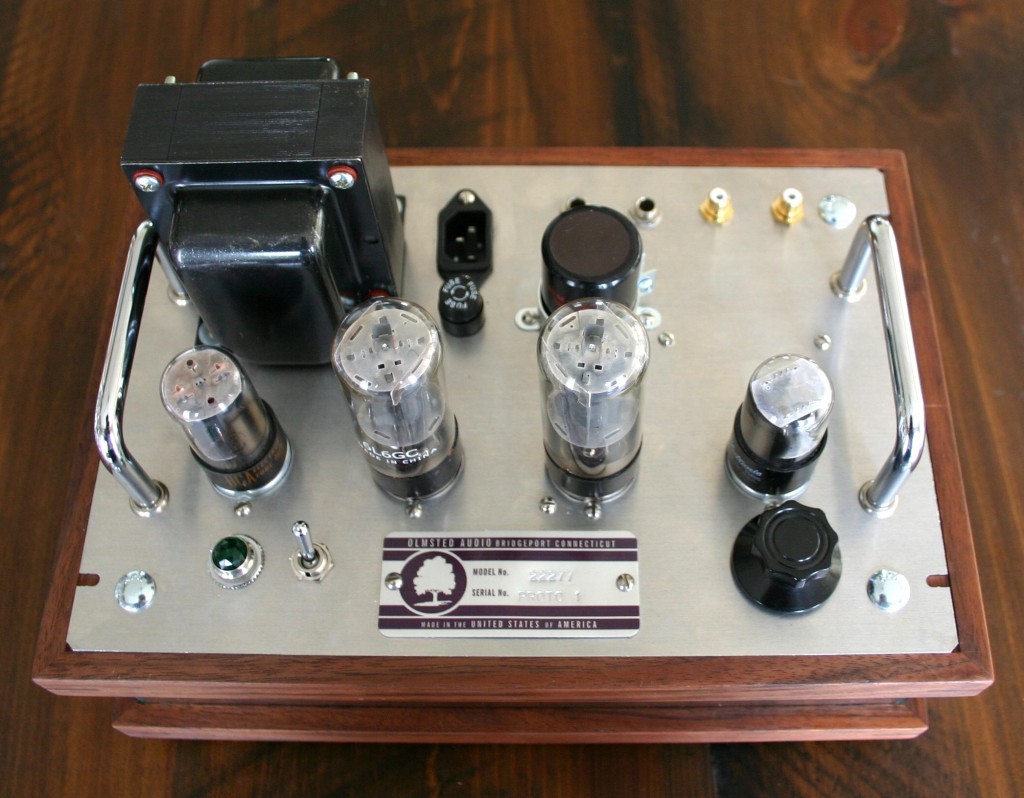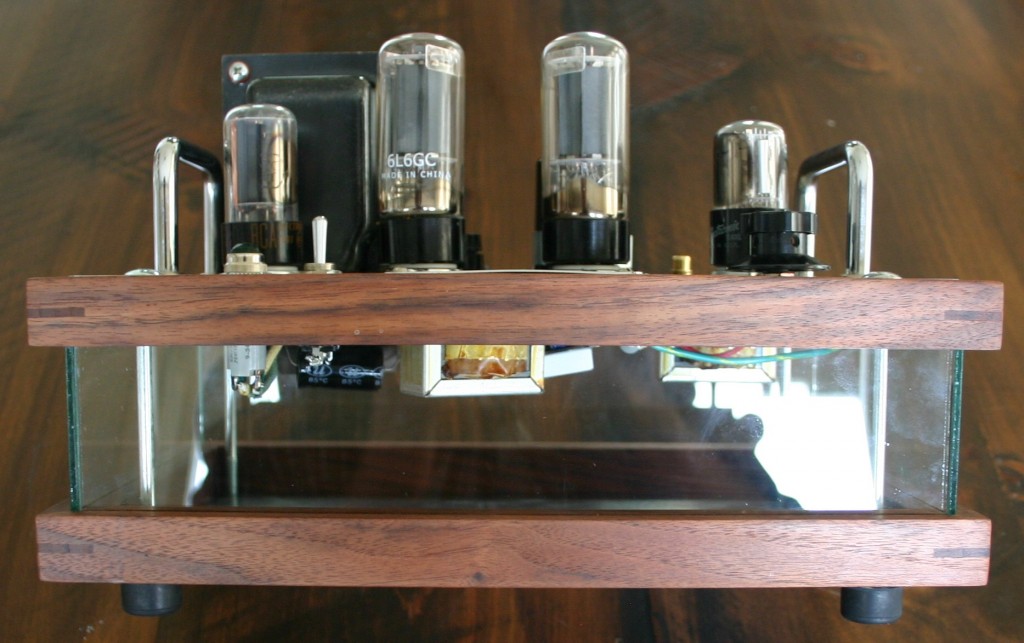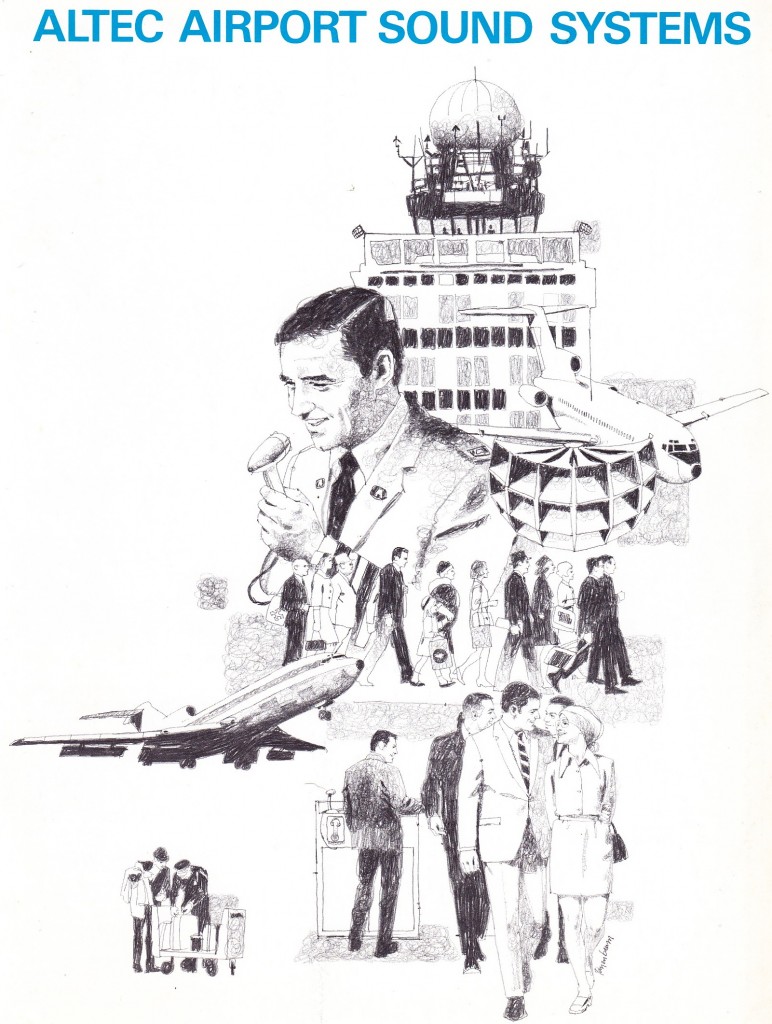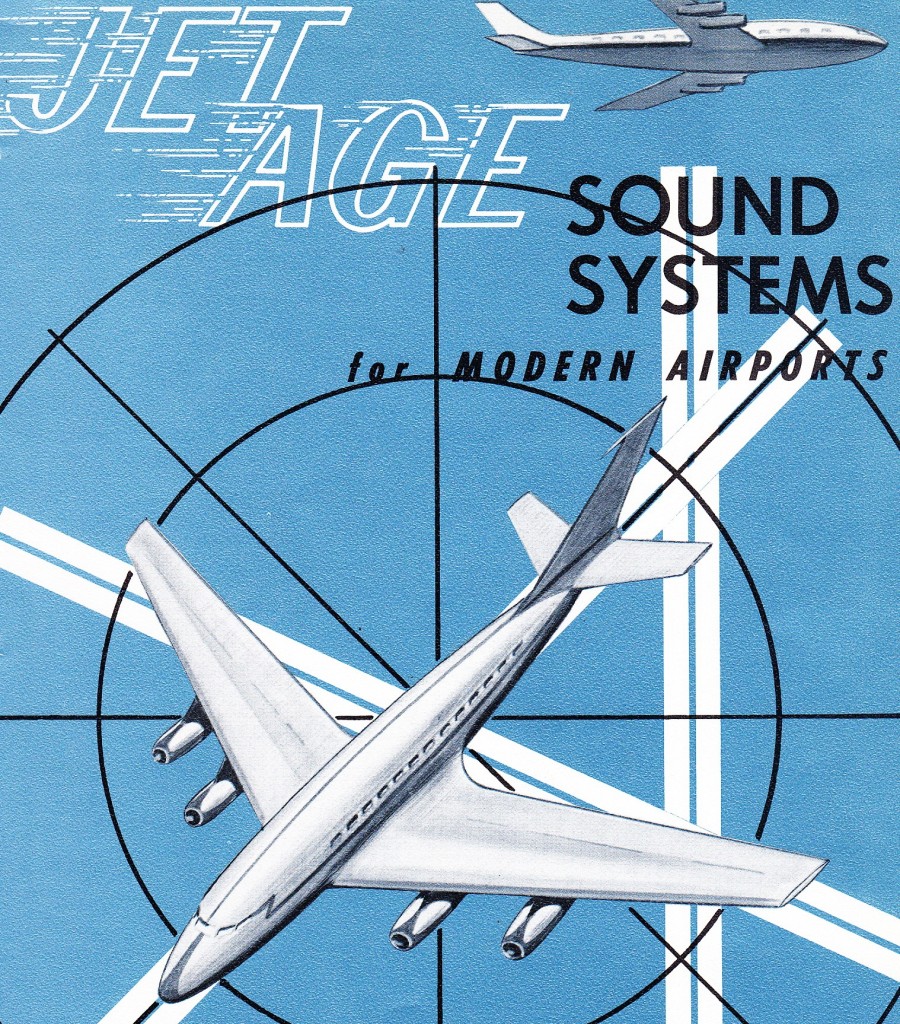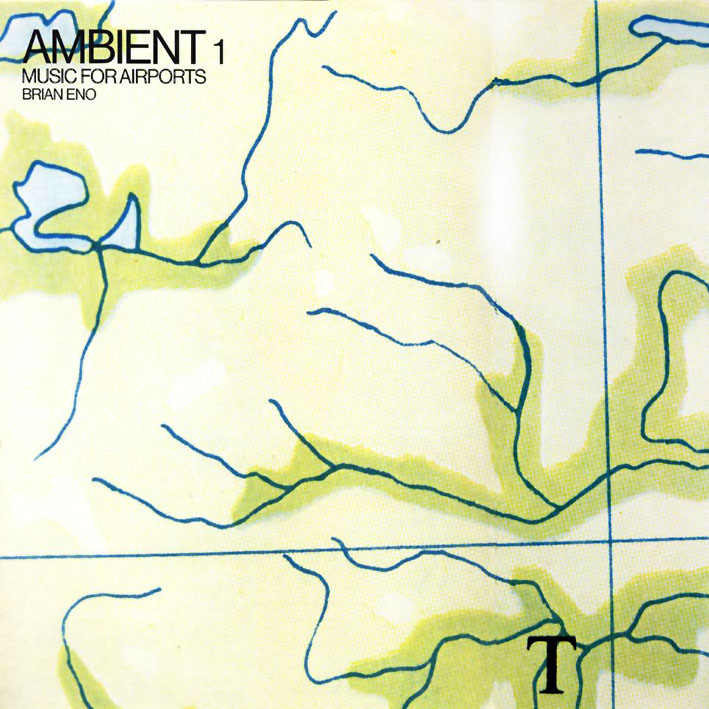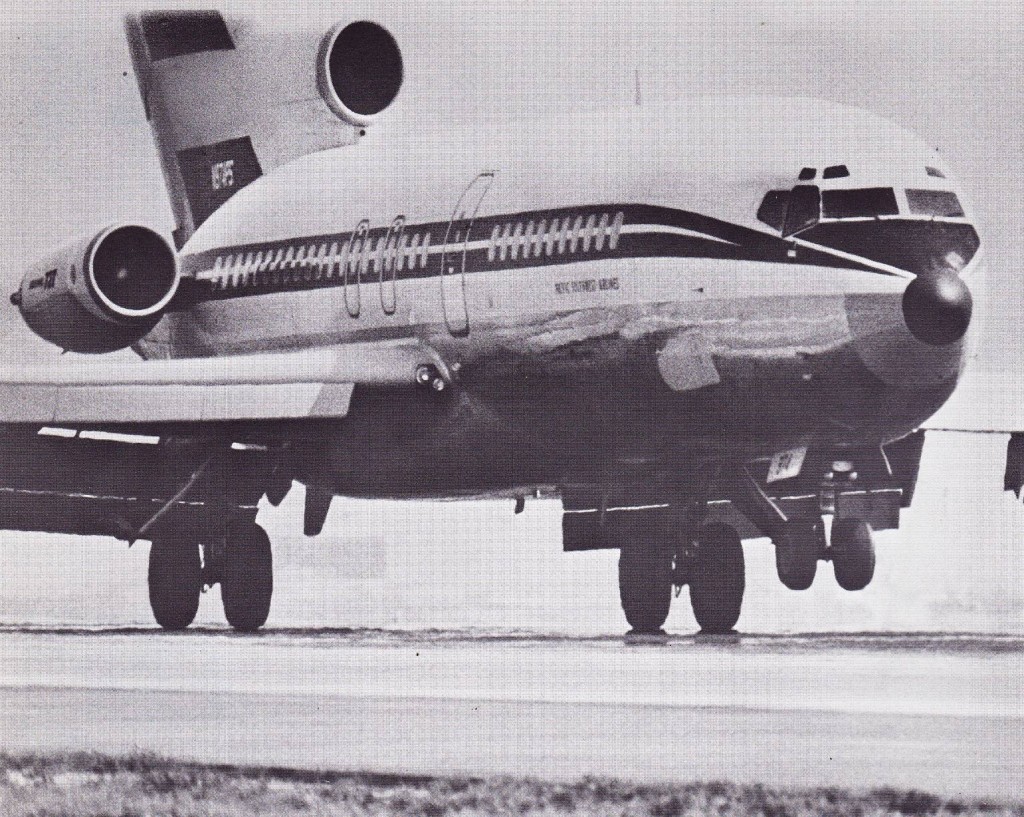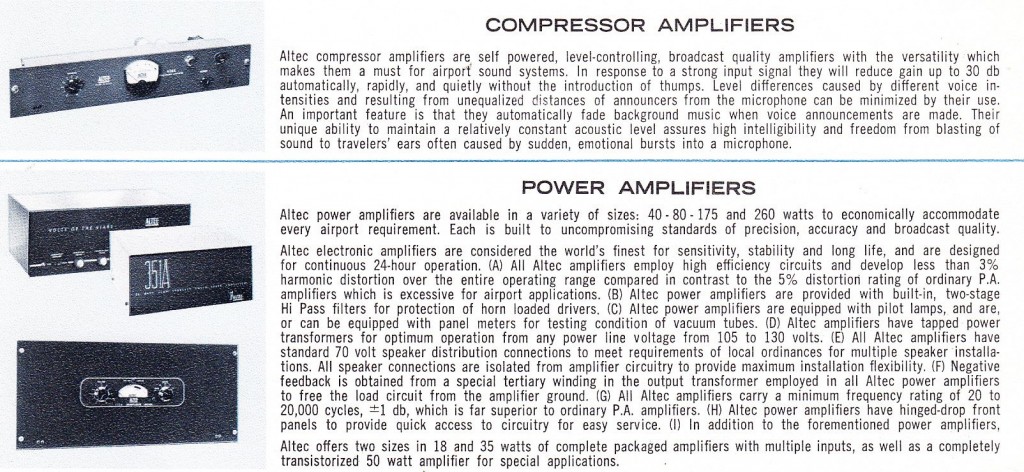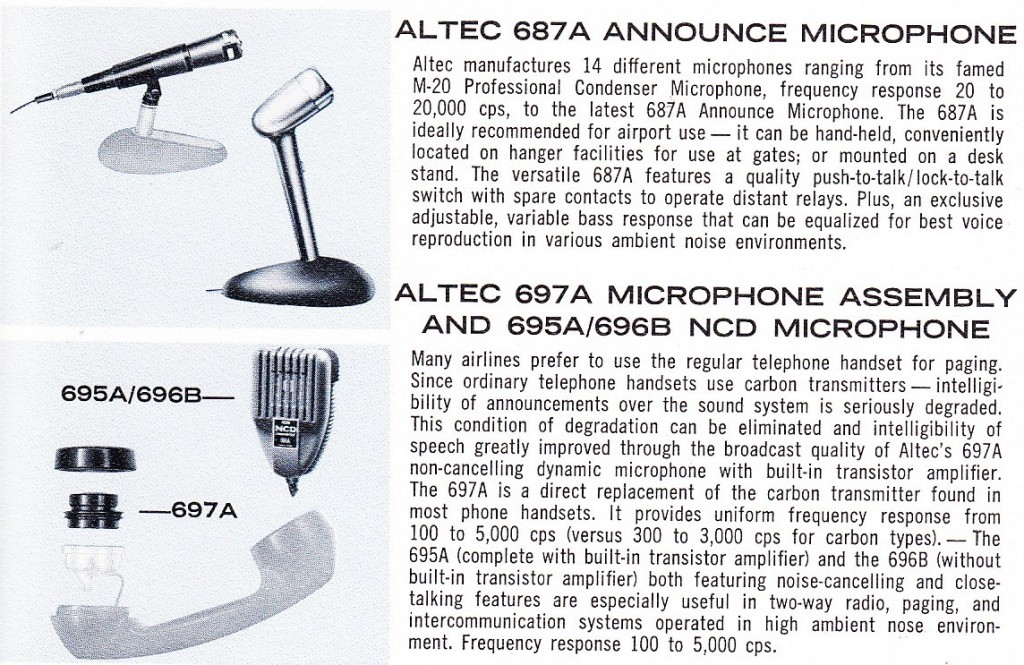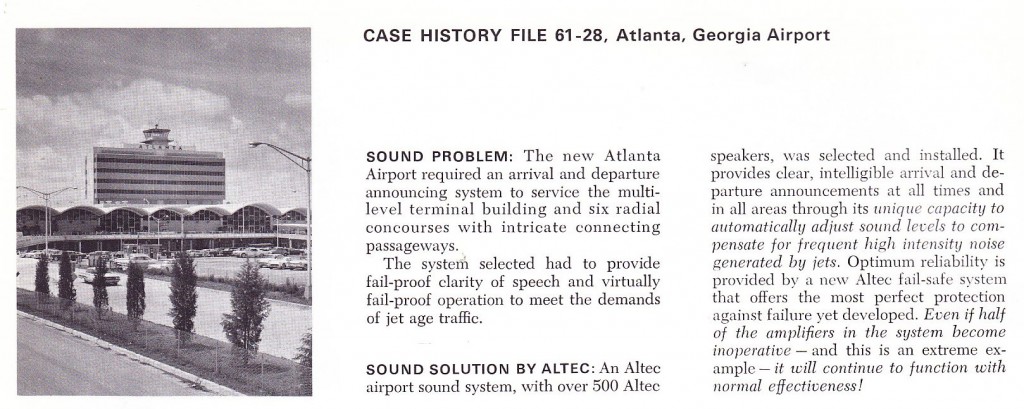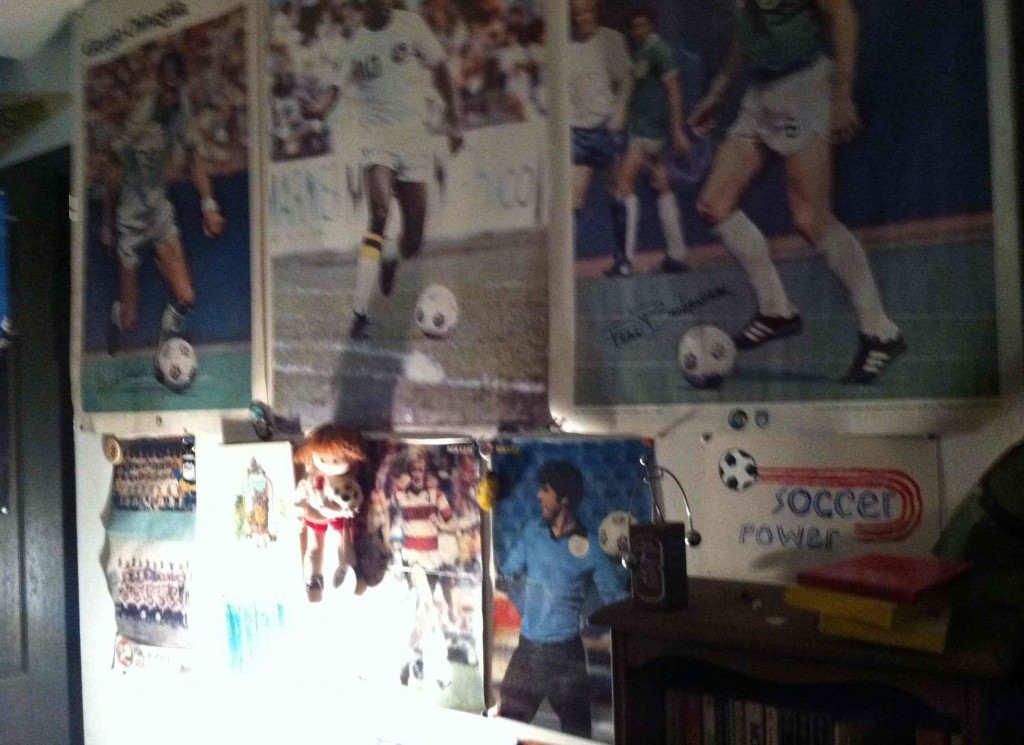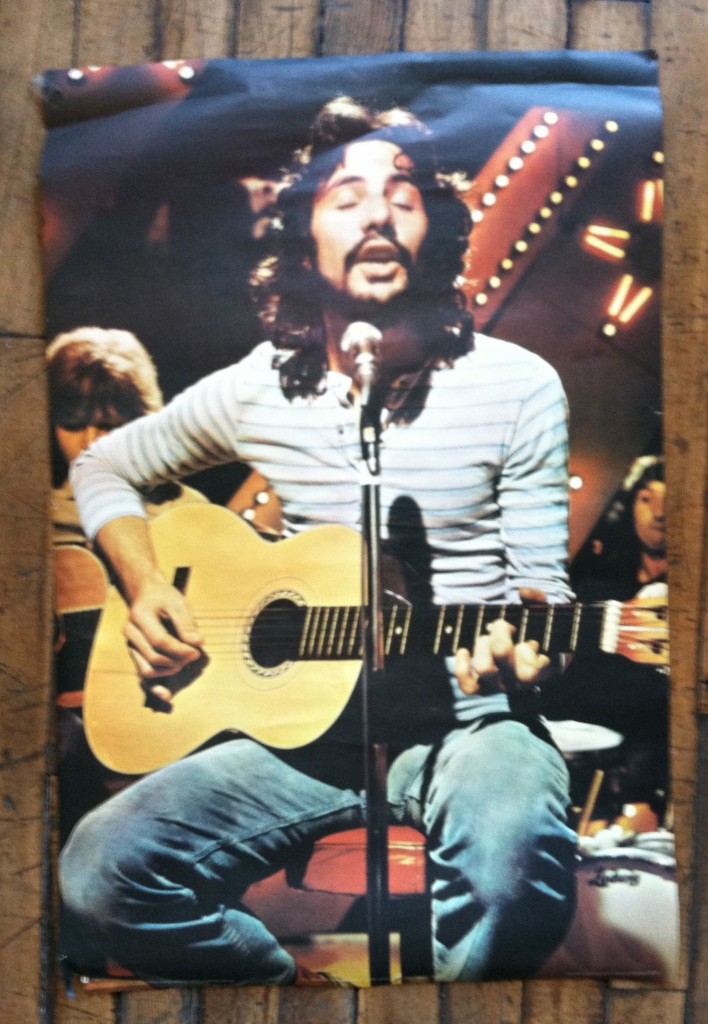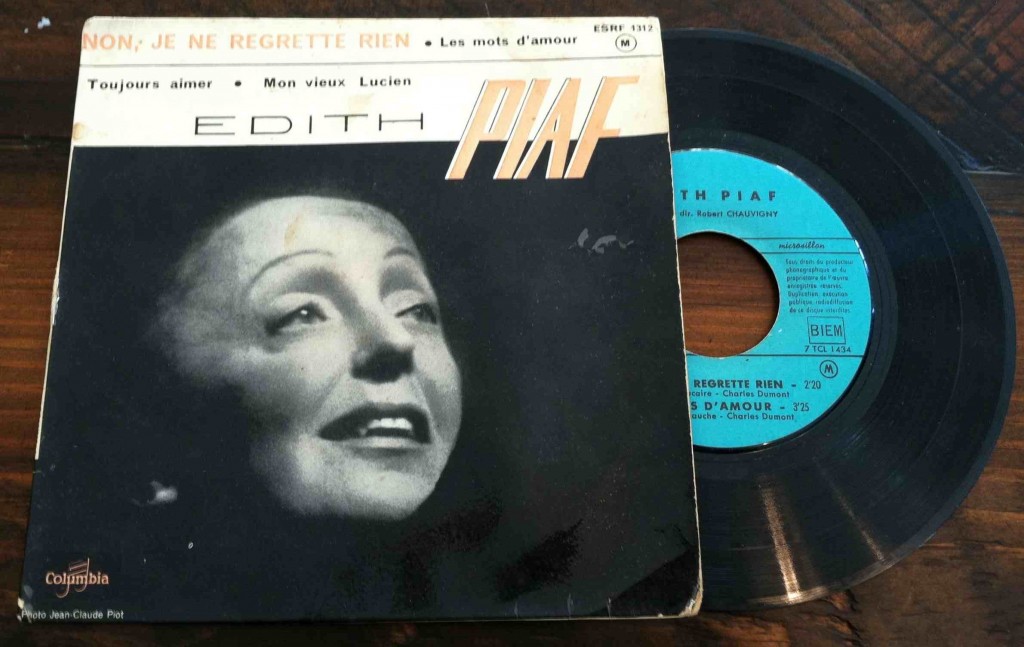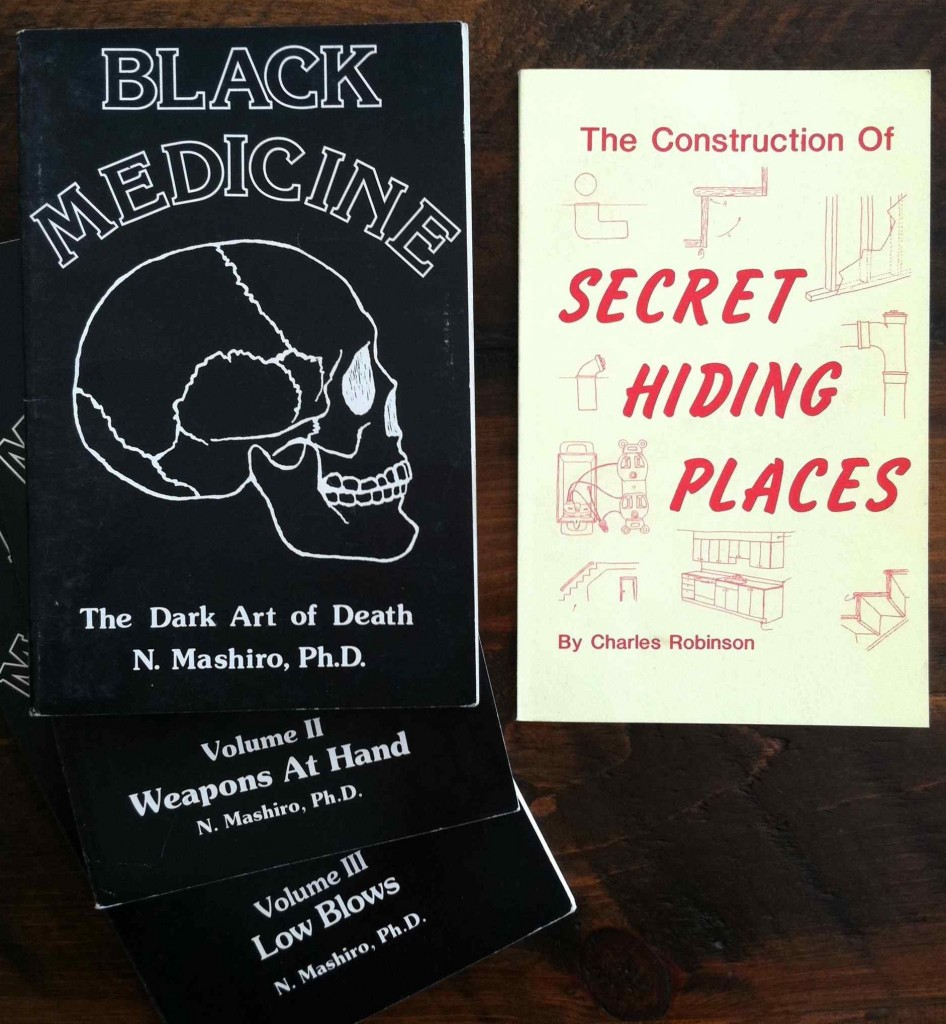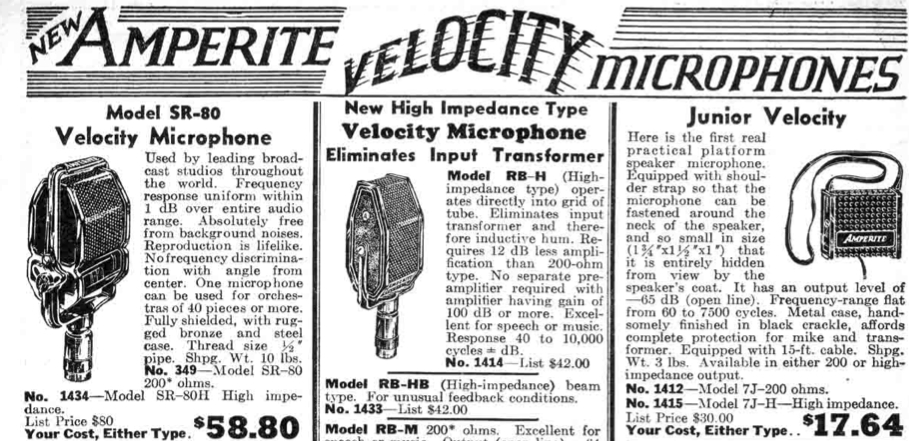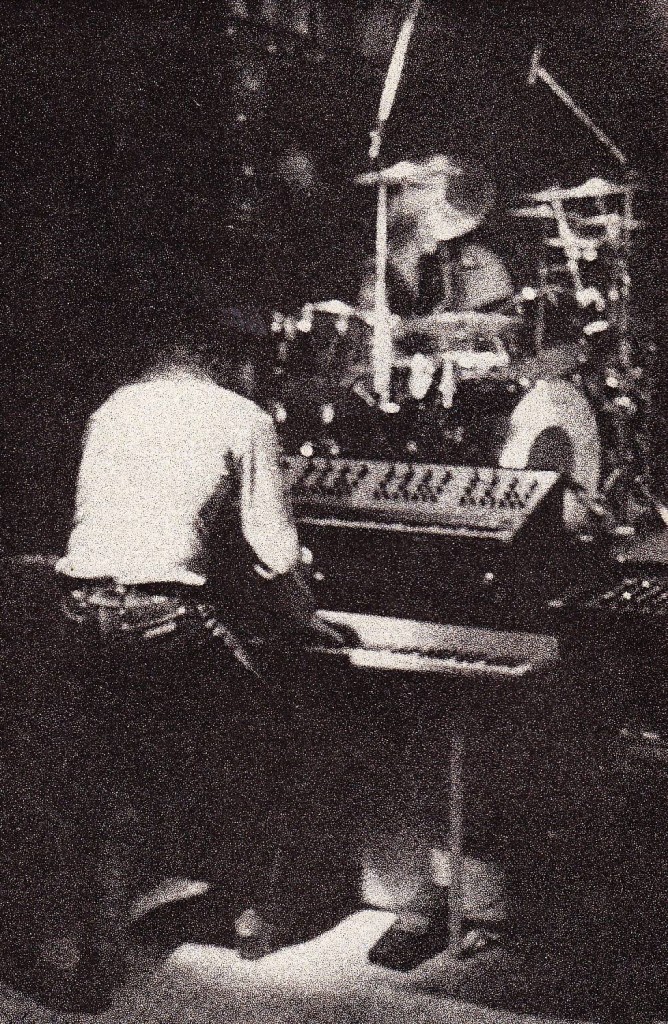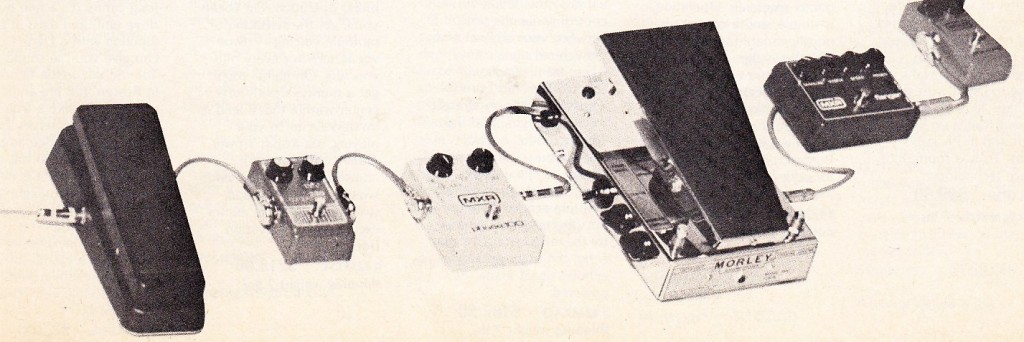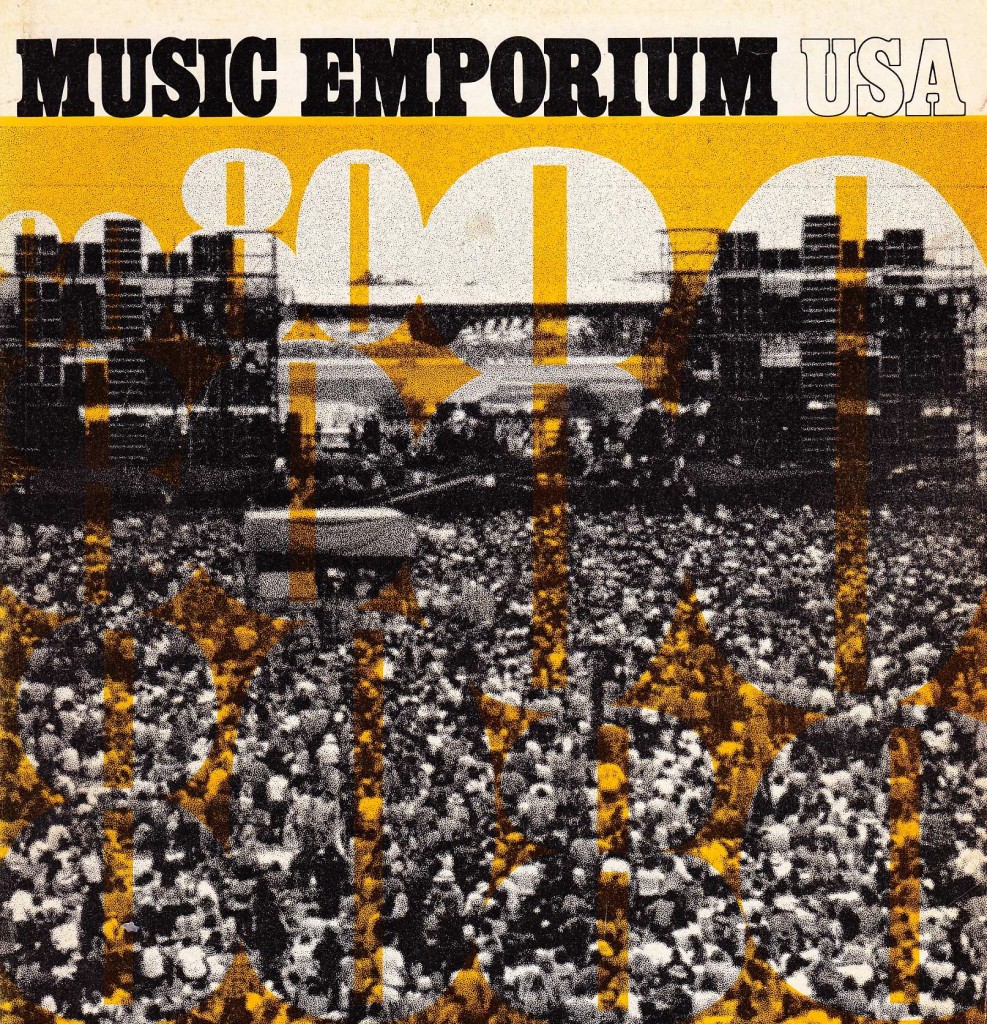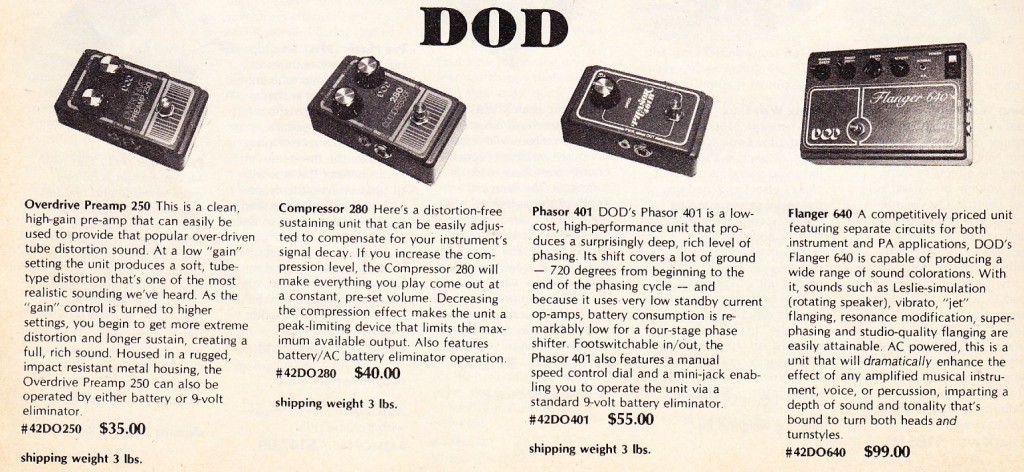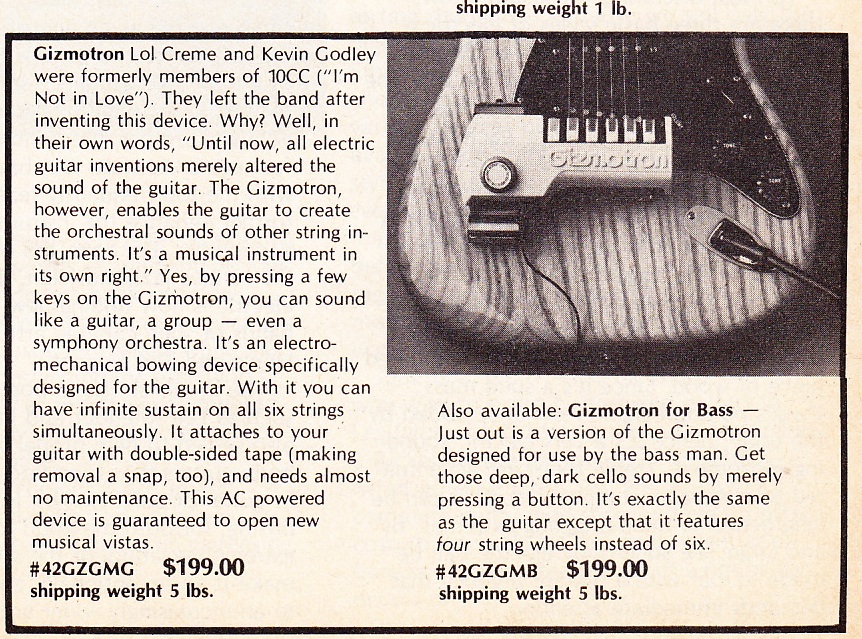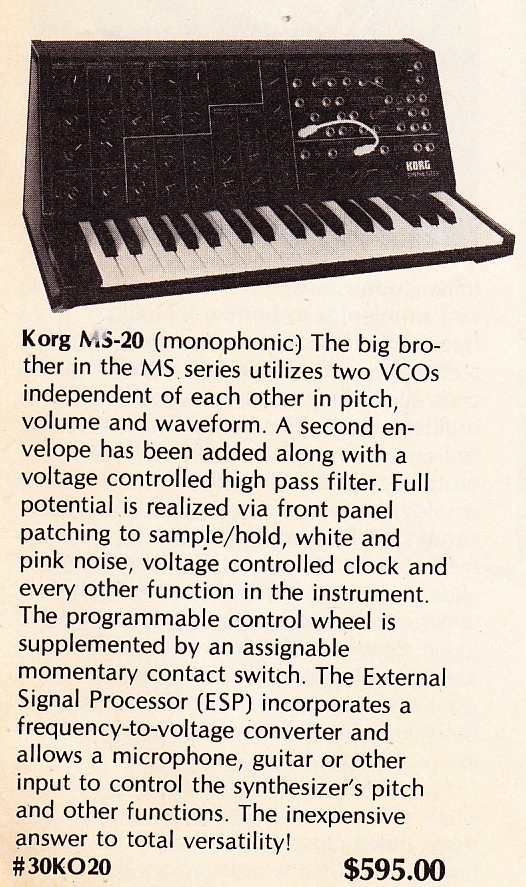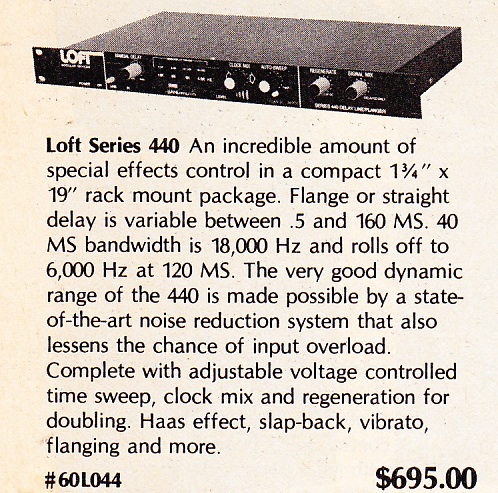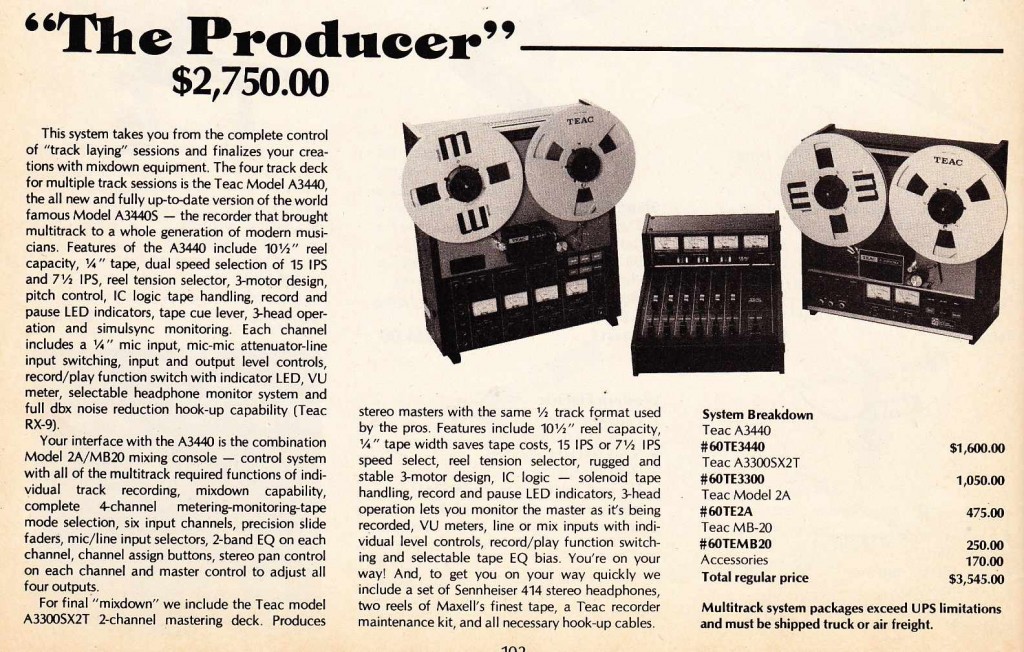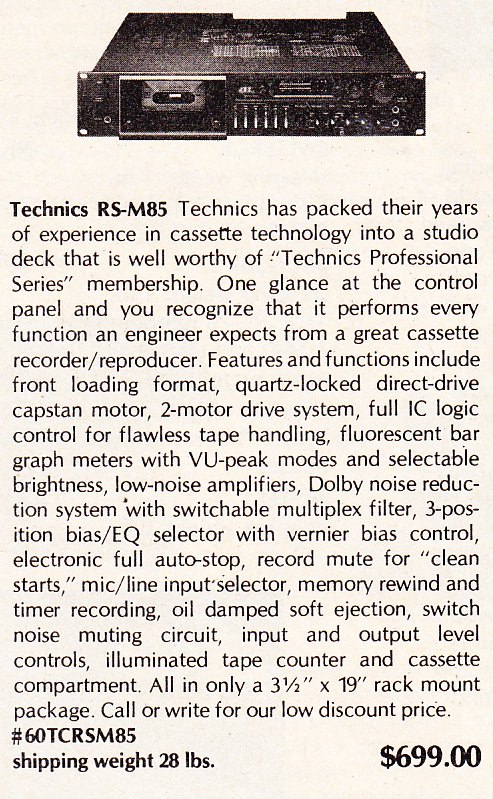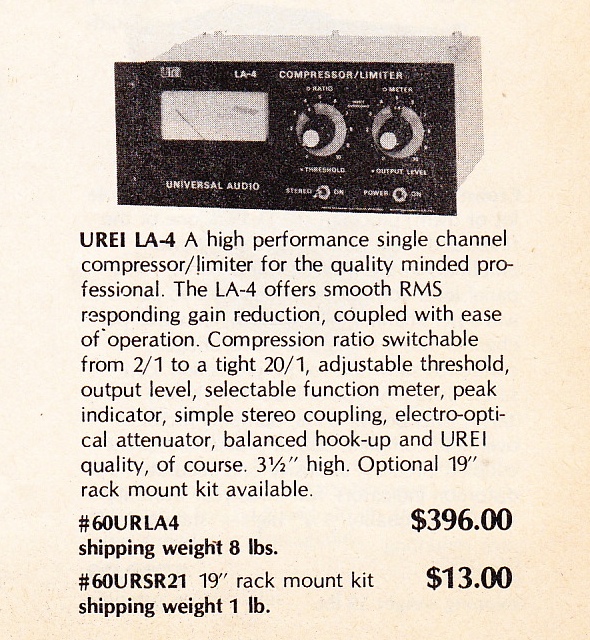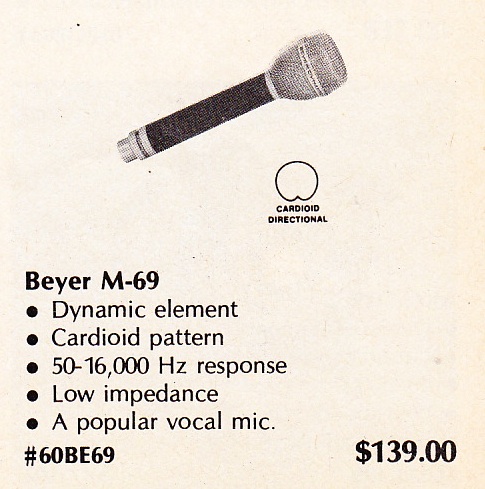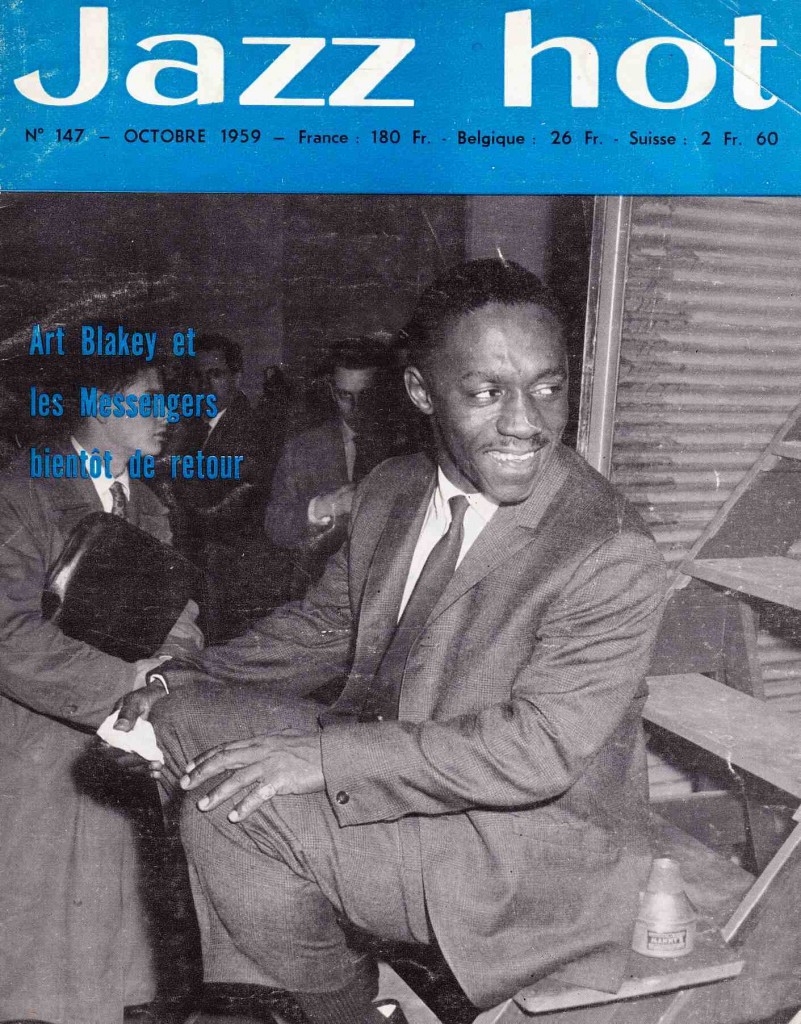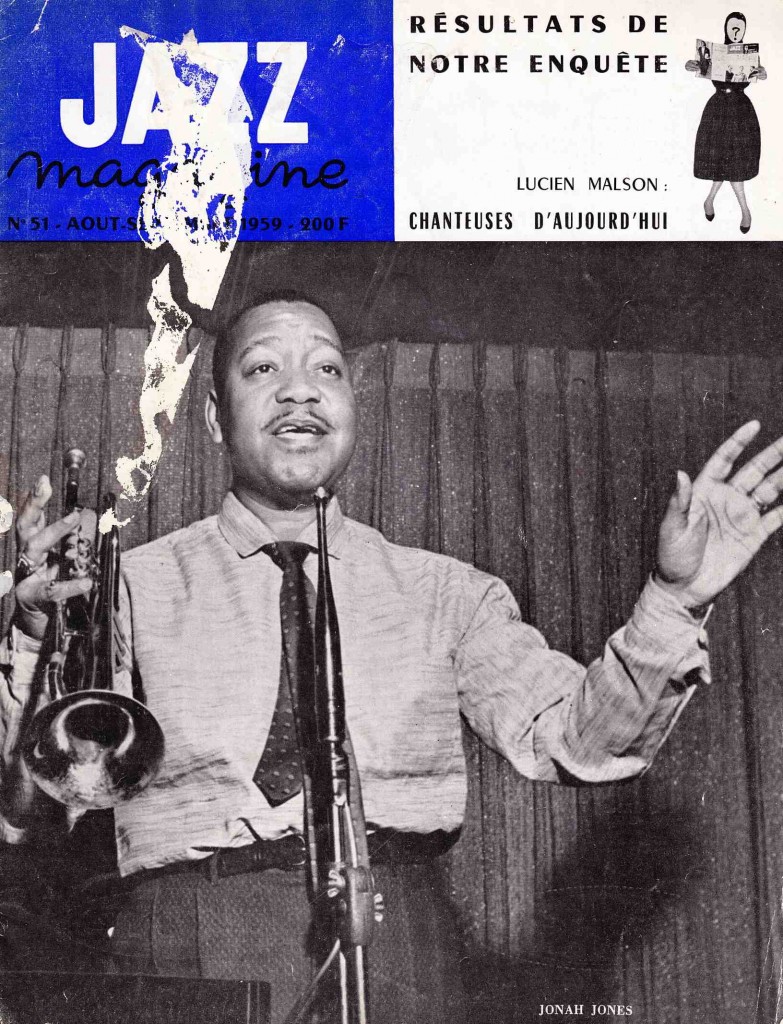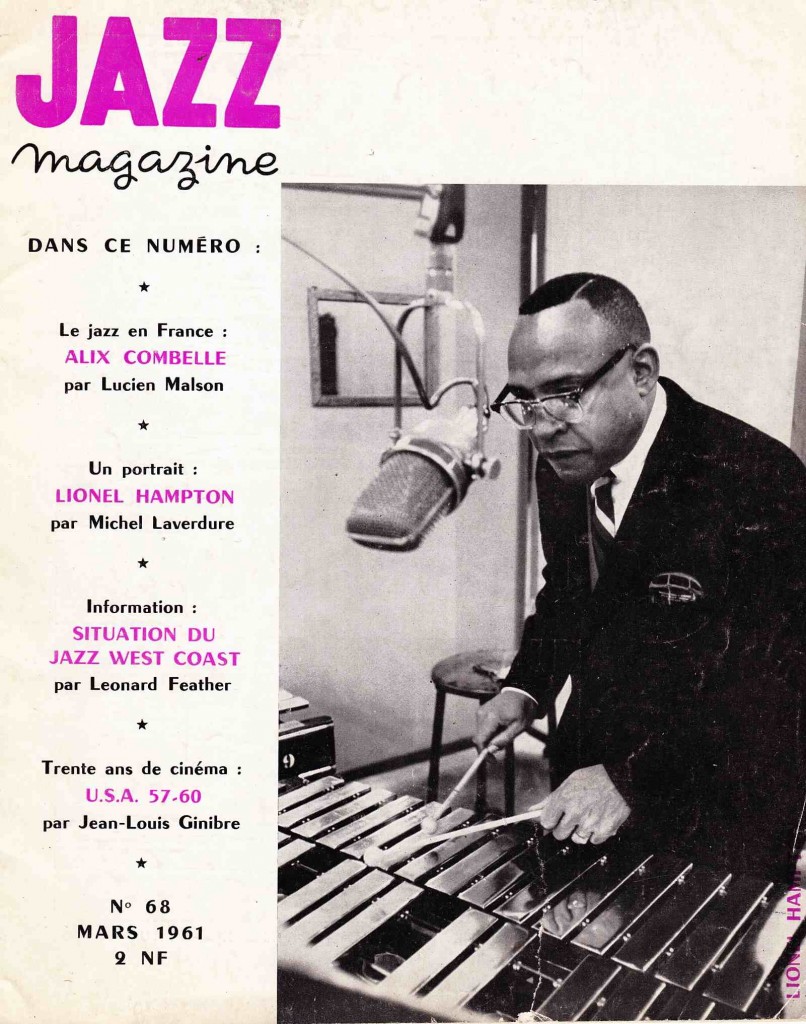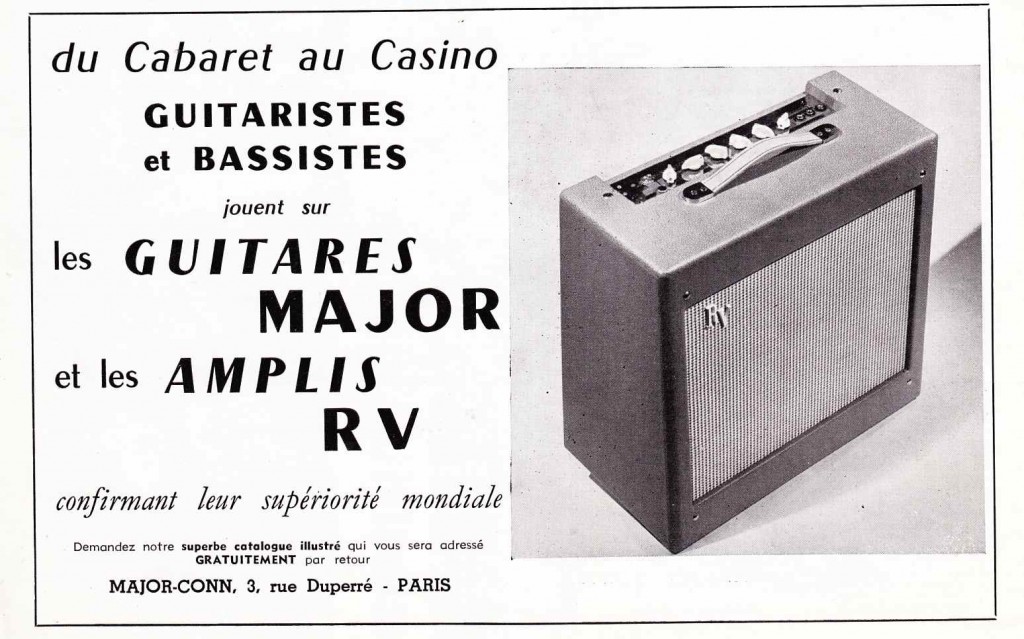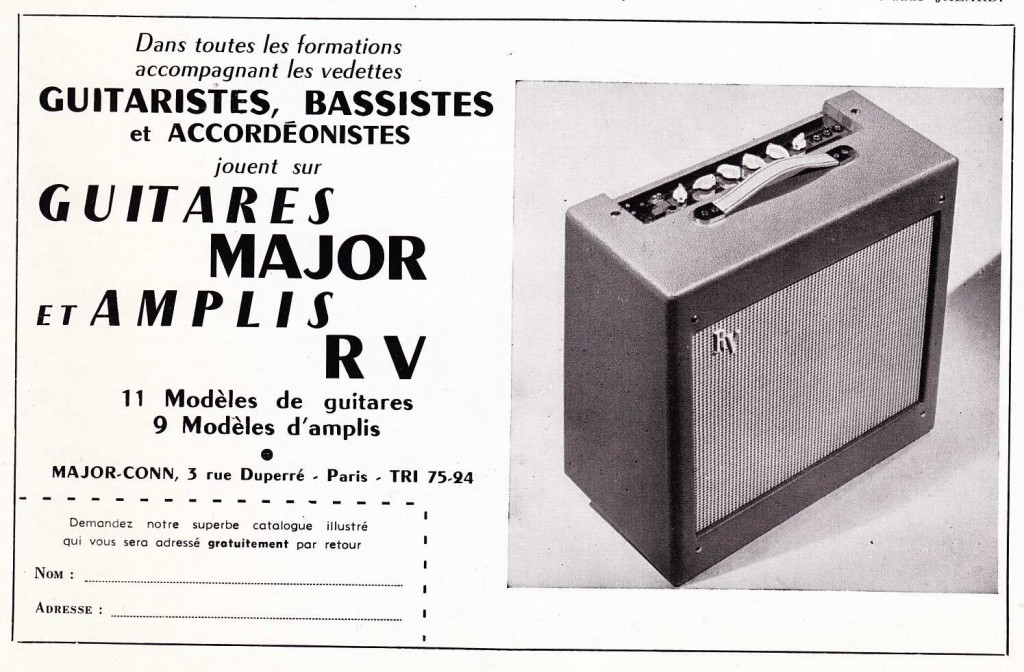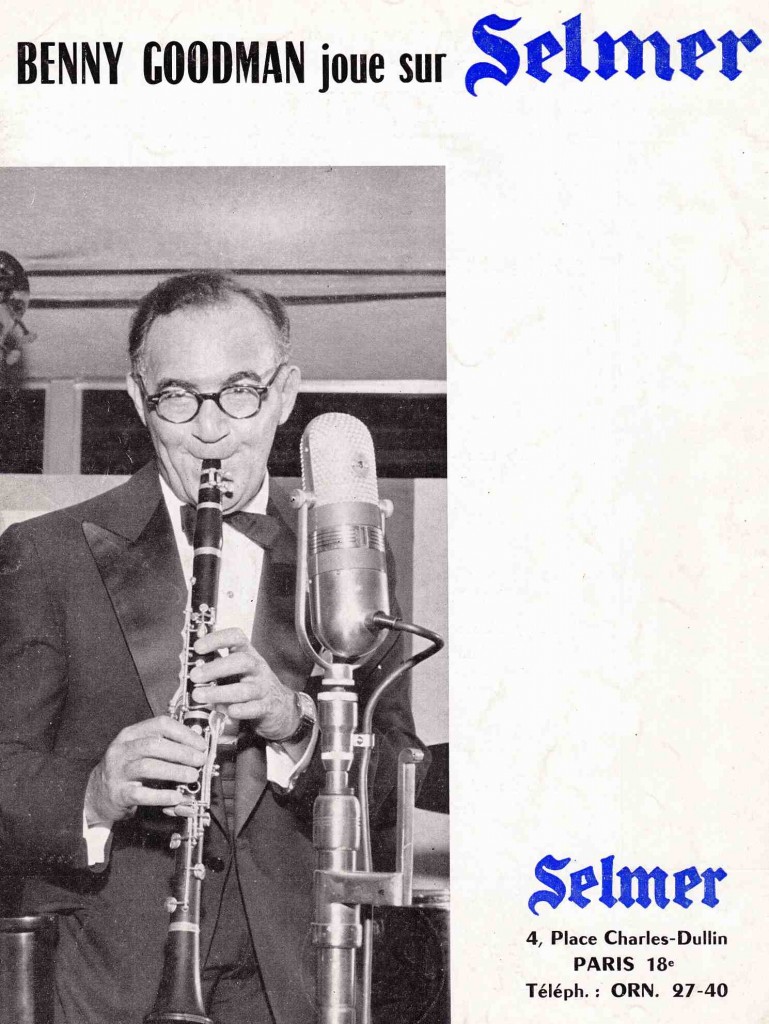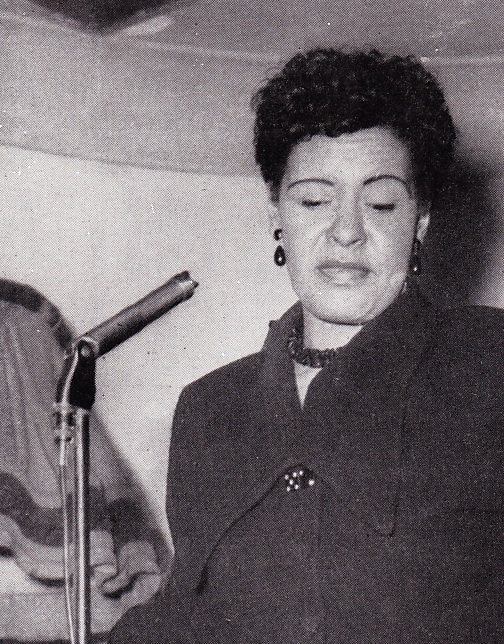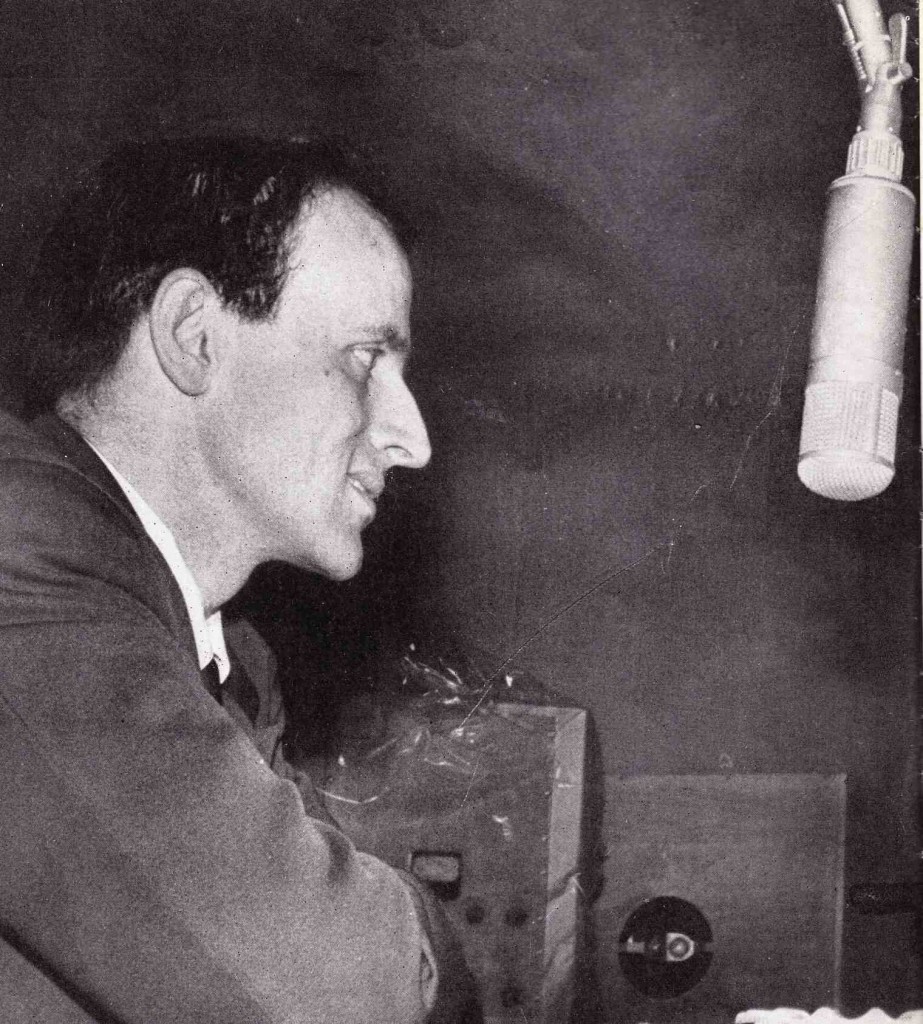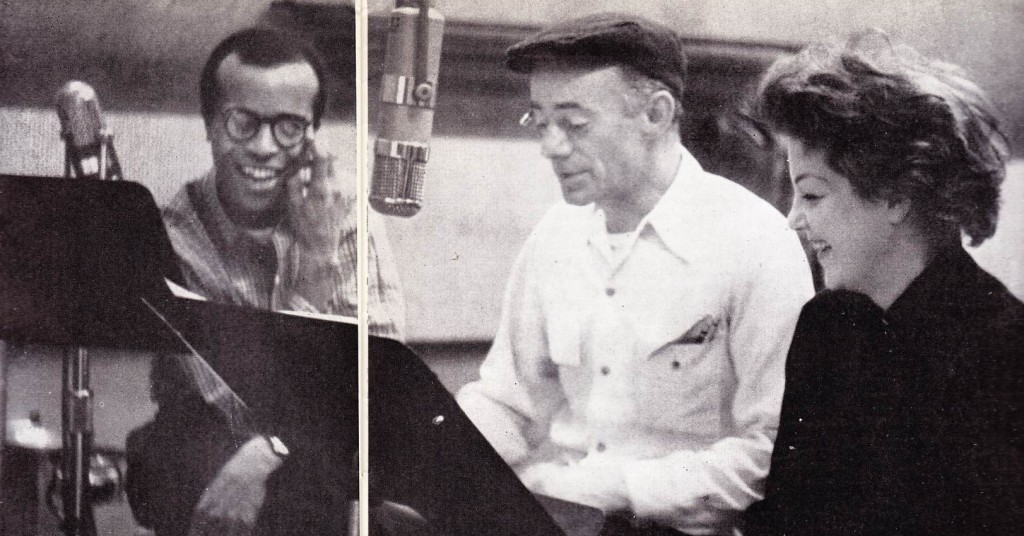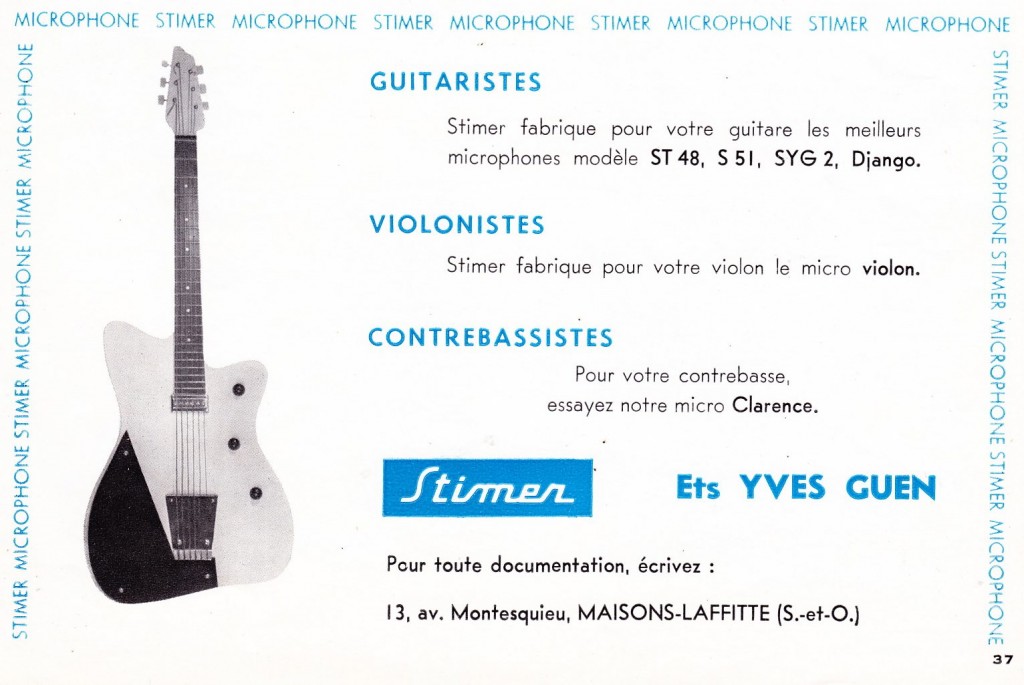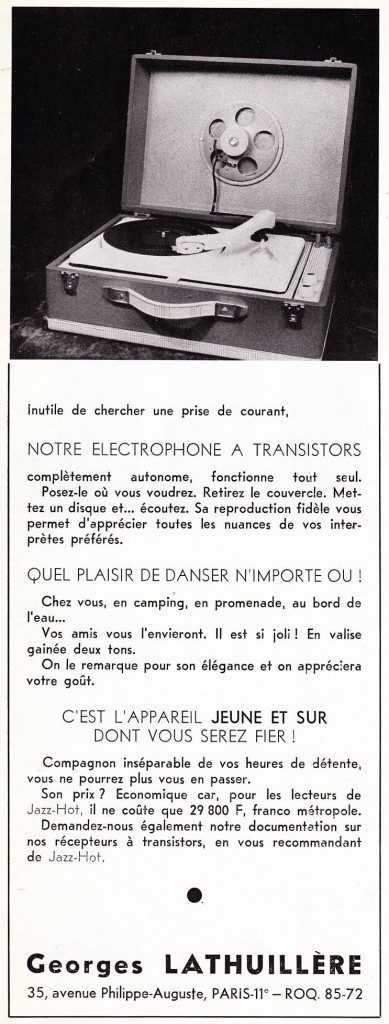Fender Stratocaster and Quad Reverb as characterized by Detroit-musician caricature ‘Bumpwell Blues’; note Strat-as-phallus reference.
The mid 1970s is the most maligned period of Fender’s history. Musicians and collectors alike complain of such indignities as three-bolt necks on Stratocasters and Jazz/Telecaster basses, ‘high powered’ tube amplifiers which managed their impressive-on-paper ratings through the use of frequency-sucking suppressor caps, and of course the dreaded 70s heavy-guitar syndrome.
OK so how did Fender manage to sell so many of these instruments which we now regard as sub-par? Could it be possible that the goofiest ad campaign in guitar history might have had something to do with it? No disrespect intended to the illustrators/art-directors/copywriters who crafted these curiosities; I am sure that they were just doing what they were told, and the work is certainly of a consistent quality. But really? This was a good idea?
On a more serious note though: what does is mean exactly when a manufacturer creates an entire (expensive) ad campaign that does not show the actual products or even reference any concrete product specifications or claims? Is this good marketing? Hubris? How do we feel about the products? Does it make us more or less curious? Do we accept that these products are in fact ‘icons’ by virtue of the fact that we are shown only icons that represent the products rather than seeing the products themselves?
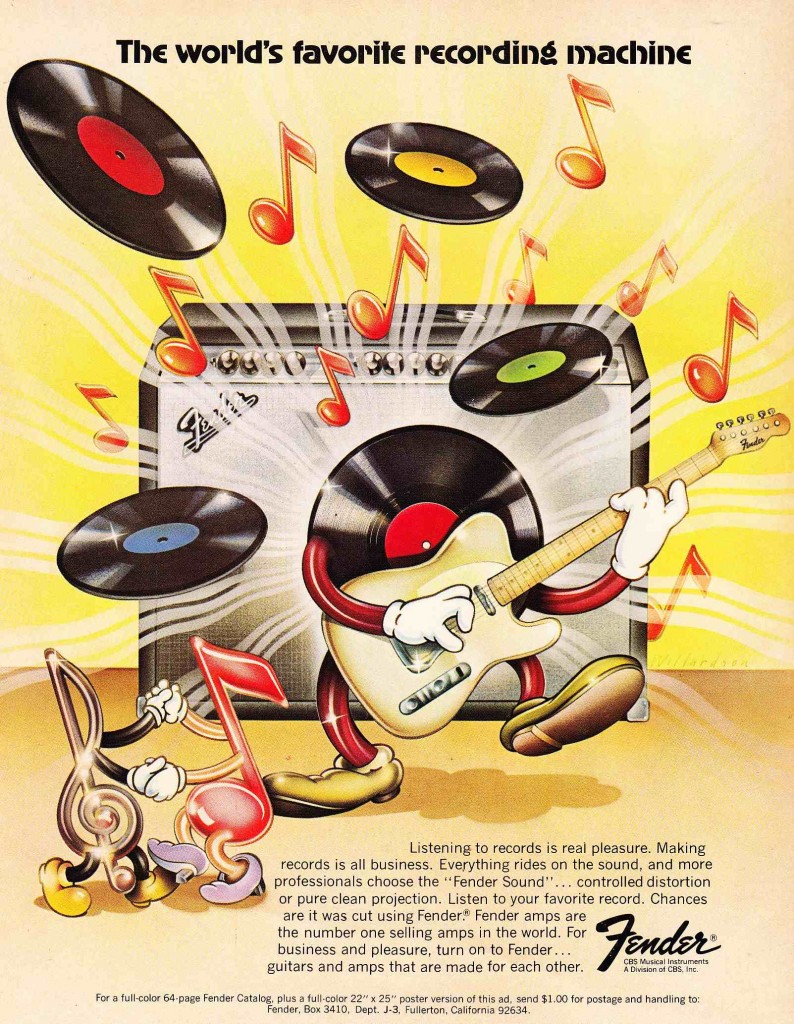 Fender Twin Reverb Amplifier (presumably; this ad does not even reference a particular product)
Fender Twin Reverb Amplifier (presumably; this ad does not even reference a particular product)
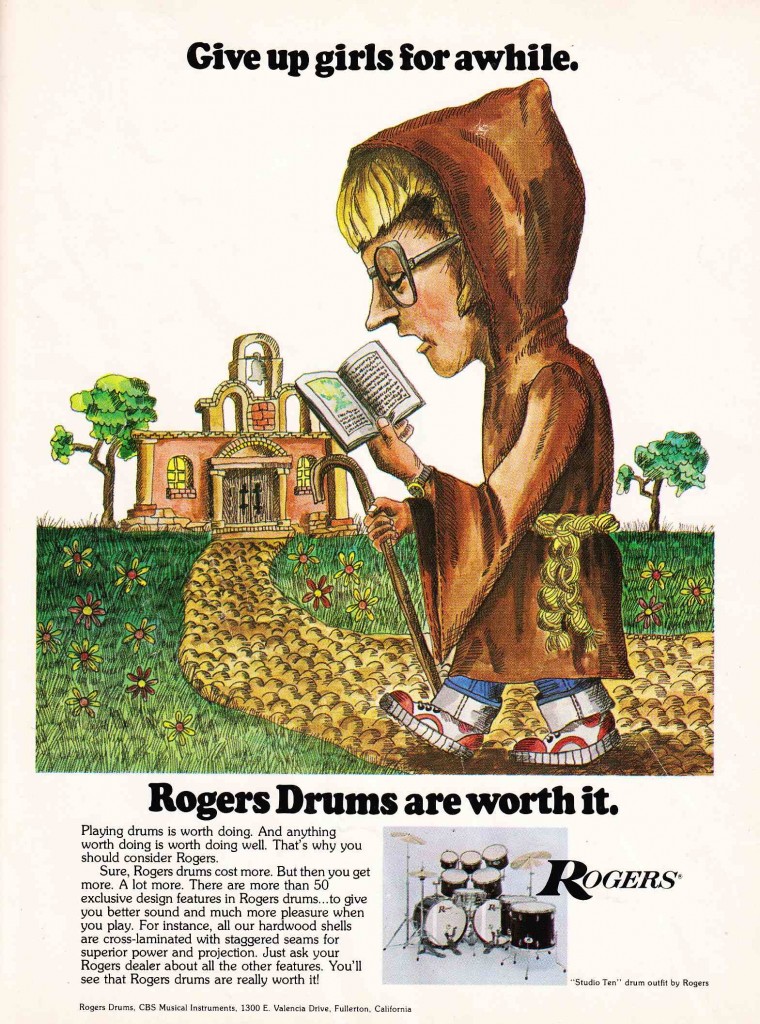 Along similar lines… ROGERS drums was the drum-division of Fender-Parent CBS musical instruments at the time. Here’s an example of the very similar ROGERS campaign of the same era. They chose a different illustrator (smart) and it seems like they used a different copywriter as well; we also see the actual product in a small window at the bottom, so there was probably a different marketing person responsible for this campaign. The overall effect is similar though. Also consider the implicit statement that only males play drums. Not surprising given the era; hell Dean Markley was still running sexist ads last week AFAIK.
Along similar lines… ROGERS drums was the drum-division of Fender-Parent CBS musical instruments at the time. Here’s an example of the very similar ROGERS campaign of the same era. They chose a different illustrator (smart) and it seems like they used a different copywriter as well; we also see the actual product in a small window at the bottom, so there was probably a different marketing person responsible for this campaign. The overall effect is similar though. Also consider the implicit statement that only males play drums. Not surprising given the era; hell Dean Markley was still running sexist ads last week AFAIK.
